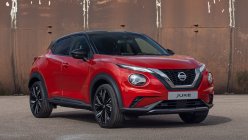When buying a new vehicle, we all know that one of the biggest considerations a consumer will make is the car’s safety rating. That alone entails the cumulative result of several tests from crash tests and for newer, high tech cars, even autonomous braking system tests.
These said tests are done by numerous safety organizations but most notable are the government car safety programs called the New Car Assessment Program or NCAP. These are tests which are spread out around the world in region-centric groups such as the European New Car Assessment program or Euro NCAP, the Australasian New Car Assessment Program or ANCAP and our very own ASEAN NCAP.
There is one standardized test, however, these NCAP organizations, except Euro NCAP, do not have in their disposal and it is called the Moose Test or the evasive maneuver test. Not only the Moose test, but Philkotse.com will also introduce you with other tests which should be paid attention to.
1. The Moose Test
While being called as a long-legged lumbering animal from the north sphere of the world, the Moose test takes into consideration a vehicle’s overall ability in evading an object. In simple words, it is the test for the sudden reaction while you are driving and there is an obstacle across your ways. It can be a moose or any kind of animal. It can be a person suddenly crossing the road or a vehicle suddenly traveling into your path on the road.
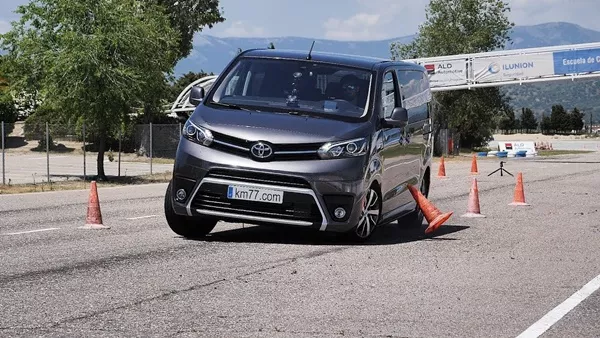
Many top-heavy vehicles such as vans are susceptible to tipping when doing quick evasive maneuvers
The test originates from Sweden and was first conducted in the 70s but the colloquial name that most people know it by came about in 1997 by the Suddeutsche Zeitung news publication.
This article was written about the period when the Tekniken Varld automotive magazine managed to flip a Mercedes-Benz A-Class. The situation was indeed meant to determine whether the vehicle in question could avoid a large, horned, furry mammal, such as a moose on the road or not.
Well, this might be a funny situation to think about but hitting a moose especially in highway cruising speeds can be pretty dangerous.
Why? It’s mainly because it is a big-sized animal. Long legs with a large muscular body and sometimes horns (male moose) means that the animal has a top-heavy center of gravity. This means that it will almost always flip towards the windshield. Not simple as having bugs on your windshield, in actual fact, there are indeed cases recorded which the driver and front passenger were fatally wounded.
As we’ve said before however, the test not only considers the region-specific moose but also it might be a child, another vehicle. Particularly, in the context of Philippine roads, it might be a tricycle, a market-cart, or even a carabao or a cow.
Moose test specifications
Now the Moose test is done on a dry road with traffic cones lined up to form an “S” shape. The S shape simulates the road, the road edges and the obstacle itself. Some organizations use differently colored cones for easier identification.
The car is then loaded up too, or near weigh capacity with human riders on each seat and several weights in the trunk. As the vehicle travels on the test path, he/she then quickly swerves away from the simulated obstacle towards the opposite lane then back again towards the right lane presumably to simulate avoiding oncoming vehicles.
The moose test is done in repeated runs with increasing speeds until the test vehicle spins, tips down the cones or when it skids. These happen around 70-80 kilometers per hour.
Failing vehicles either will present behavior of wanting to tilt or actually tilting. Most notable failures of the moose test are the 1997 Mercedes A-Class where it actually managed to flip over at 60 km/h and the 2005 Dacia Logan which also flipped because of tire failure.
Manufacturers and other countries doing the moose test or equivalent
Several manufacturers, especially those popular Europe, Canada, and Alaska have taken this safety test in consideration as their environments are abundant with wild animals, especially Moose which can be a danger to motorists. These manufacturers are Saab and Volvo.
In Australia however, manufacturers also take into consideration the evasion test by using kangaroo dummies for the same reason.
>>> Another vehicle test, read more: 7 tips & tricks to pass a smog check in the Philippines
2. Electronic Stability Control Test
The ESC test in done in conjunction with cars equipped with the active safety system called ESC or electronic stability control where the car uses selective braking interventions in every single wheel to keep a vehicle stable thus preventing it to become uncontrollable.
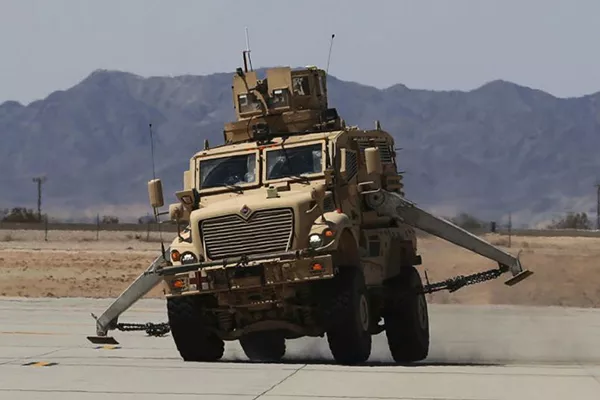
The big and tough MRAP US military vehicle undergoing ESC testing.
Now the ESC test requires precision with the steering. As such, many organizations that conduct the ESC test makes the use of steering robots like the VEHICO CS-B, the AB Dynamics SR 15 and a sensor system.
While there is a steering robot installed, the car will then be put thru tests evaluating steering and yaw behavior called “sine-with-dwell” tests. This is done based on double lane change maneuvers carried out at 80 km/h. The maneuver is done with quick and sudden steering where the steering wheel will be rotated up to 270 degrees.
Similar to the Moose test, the car must suddenly change lane to avoid an object then go back to its original lane to avoid oncoming traffic. The car passes the test if the ride remains stable during the lane change and after going to the original lane. This is so practical because you will experience some negative weather patterns and it's time for you to control your car on the slippery road under the rains.
The ESC test was first done by EURO NCAP in 2009 with cars equipped with ESC. As of November of 2014, the ESC system is a requirement for all cars sold in Europe.
Cars with ESC in the Philippines are:
- Mazda 2 Skyactiv V
- Mazda 3 all variants
- Honda City VX+
- Honda Jazz VX
- Ford Fiesta
- Ford Ecosport
- Chevrolet Trax LS
- Nissan Juke
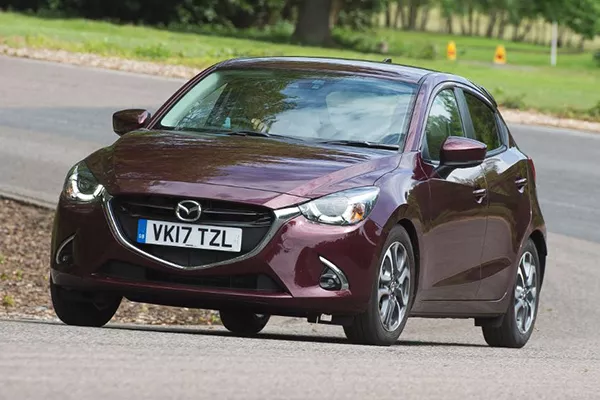
While being very affordable, the V variant of the Mazda 2 actually has ESC
3. Tilt Test
The tilt test is somewhat related to the Moose-test because while the moose test takes into consideration the ability to suddenly avoid objects on the road, the tilt test assesses a vehicles weight distribution and its center of gravity.
This test is done on several kinds of vehicles like cars, trucks, buses and even trains on a loaded state or without a load.

A bus is undergoing the tilt test
The vehicle is then intentionally tilted on a movable platform and in order to pass, the vehicle undergoing the test should not roll over when a certain tilt angle is reached.
These are mostly done with very tall vehicles such as buses, especially double-decker buses which are common in the United Kingdom and in Hong Kong. In some cases, this is also done even to single deck buses and tall SUVs.
For single deck buses, the required angle it can take must be up to 35 degrees and for double deckers 28 degrees.
Higer bus tilt testing
4. Afterwords
While these tests, especially the moose test is not yet performed by the ASEAN NCAP which is in charge of new vehicles here in the Philippines. Is might be prudent for them to consider it in the future.
While we may not have large wild animals occasionally running on public roads, we do have cases of pedestrians suddenly crossing the road and in some cases even other vehicles. As such, all vehicles, regardless of availability in a certain region must be able to steer clear in relative stability wouldn’t you say?
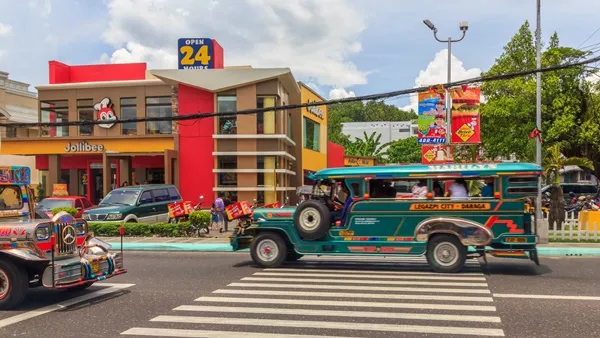
Here in the Philippines, obstructions that suddenly appear on the road are a regular occurrence
Find this article helpful? Reveal more handy information with our tips and advice.
Recent posts
- 6 FAQs about emission test in the Philippines Aug 16, 2022
- Toyota PH lineup crash-tested by Asean NCAP Apr 01, 2021
- What to do when you fail your LTO driving test in the Philippines? Aug 16, 2022
- Hailing a ride or public transportation in the Philippines: An issue of safety Mar 18, 2019
- Simple Guides every candidate should know to pass the LTO Driving Test Aug 26, 2021


